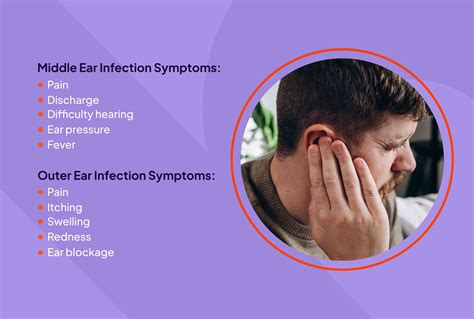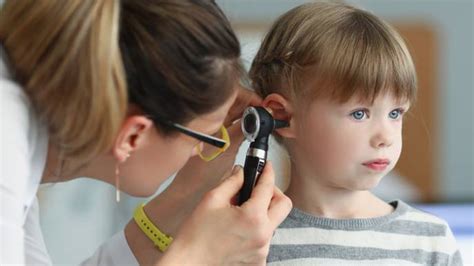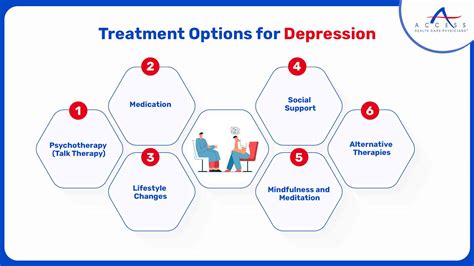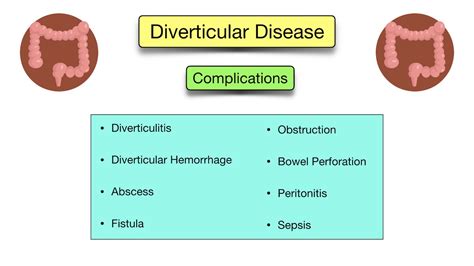Intro
Learn about ear infection symptoms in toddlers, treatment options, and prevention methods to soothe painful earaches, otitis media, and eustachian tube issues in young children.
Ear infections are a common health issue affecting many toddlers worldwide. These infections can be painful and distressing for young children, and if left untreated, they can lead to more serious complications. As a parent or caregiver, it is essential to understand the causes, symptoms, and treatment options for ear infections in toddlers to provide the best possible care for your child.
Ear infections in toddlers can be caused by a variety of factors, including bacterial or viral infections, allergies, and environmental factors. The Eustachian tube, which connects the middle ear to the back of the throat, plays a crucial role in maintaining ear health. In toddlers, this tube is smaller and more horizontal, making it easier for bacteria and viruses to enter the ear and cause infections. Additionally, toddlers are more prone to ear infections due to their developing immune system and increased exposure to germs.
The symptoms of ear infections in toddlers can vary depending on the severity of the infection and the age of the child. Common symptoms include ear pain, fever, irritability, and loss of appetite. In some cases, toddlers may also experience difficulty sleeping, vomiting, and diarrhea. If you suspect that your child has an ear infection, it is essential to consult with a pediatrician for a proper diagnosis and treatment plan.
Understanding Ear Infections

Ear infections can be classified into two main types: acute otitis media (AOM) and otitis media with effusion (OME). AOM is a bacterial or viral infection that causes inflammation and fluid buildup in the middle ear, while OME is a condition where fluid accumulates in the middle ear without any signs of infection. Understanding the differences between these two conditions is crucial for proper diagnosis and treatment.
Causes of Ear Infections
The causes of ear infections in toddlers can be attributed to a combination of factors, including: * Bacterial or viral infections * Allergies * Environmental factors, such as exposure to smoke or pollution * Genetic predisposition * Weakened immune system * Anatomy of the Eustachian tubeDiagnosing Ear Infections

Diagnosing ear infections in toddlers requires a thorough examination by a pediatrician. The doctor will typically use an otoscope to visually examine the ear canal and eardrum, checking for signs of inflammation, fluid buildup, or other abnormalities. In some cases, the doctor may also perform a tympanometry test to measure the movement of the eardrum and middle ear function.
Symptoms of Ear Infections
The symptoms of ear infections in toddlers can vary depending on the severity of the infection and the age of the child. Common symptoms include: * Ear pain * Fever * Irritability * Loss of appetite * Difficulty sleeping * Vomiting * DiarrheaTreatment Options for Ear Infections

Treatment options for ear infections in toddlers depend on the severity of the infection and the age of the child. In some cases, the doctor may prescribe antibiotics to treat bacterial infections, while viral infections may require only symptomatic treatment. Additionally, the doctor may recommend ear drops or pain medication to help manage symptoms.
Prevention Strategies
Preventing ear infections in toddlers requires a combination of good hygiene practices, environmental modifications, and lifestyle changes. Some effective prevention strategies include: * Practicing good hygiene, such as washing hands regularly * Avoiding exposure to smoke or pollution * Keeping the child upright during feedings to prevent milk from entering the Eustachian tube * Avoiding pacifier use, as it can increase the risk of ear infections * Getting the child vaccinated against flu and pneumococcal diseaseComplications of Ear Infections

If left untreated, ear infections can lead to more serious complications, including:
- Hearing loss
- Speech and language delays
- Balance problems
- Increased risk of future ear infections
- Mastoiditis, a bacterial infection of the mastoid bone
Managing Ear Infections at Home
Managing ear infections at home requires a combination of symptomatic treatment and good hygiene practices. Some effective home remedies include: * Applying warm compresses to the affected ear * Using ear drops or pain medication as prescribed by the doctor * Keeping the child comfortable and hydrated * Monitoring the child's temperature and watching for signs of complicationsWhen to Seek Medical Attention

It is essential to seek medical attention if your child exhibits any of the following symptoms:
- Severe ear pain
- High fever
- Discharge or bleeding from the ear
- Difficulty hearing or speaking
- Vomiting or diarrhea
- Signs of complications, such as hearing loss or balance problems
Conclusion and Next Steps
Ear infections are a common health issue affecting many toddlers worldwide. By understanding the causes, symptoms, and treatment options for ear infections, parents and caregivers can provide the best possible care for their child. If you suspect that your child has an ear infection, it is essential to consult with a pediatrician for a proper diagnosis and treatment plan. With proper care and attention, your child can recover from an ear infection and maintain good ear health.What are the most common causes of ear infections in toddlers?
+Ear infections in toddlers can be caused by a variety of factors, including bacterial or viral infections, allergies, and environmental factors.
How can I prevent ear infections in my toddler?
+Preventing ear infections in toddlers requires a combination of good hygiene practices, environmental modifications, and lifestyle changes, such as practicing good hygiene, avoiding exposure to smoke or pollution, and keeping the child upright during feedings.
What are the symptoms of ear infections in toddlers?
+The symptoms of ear infections in toddlers can vary depending on the severity of the infection and the age of the child, but common symptoms include ear pain, fever, irritability, and loss of appetite.
We hope this article has provided you with valuable information and insights on ear infections in toddlers. If you have any further questions or concerns, please do not hesitate to reach out to your pediatrician or healthcare provider. Additionally, we encourage you to share this article with friends and family members who may be interested in learning more about ear infections in toddlers. By working together, we can help promote good ear health and prevent complications associated with ear infections.
